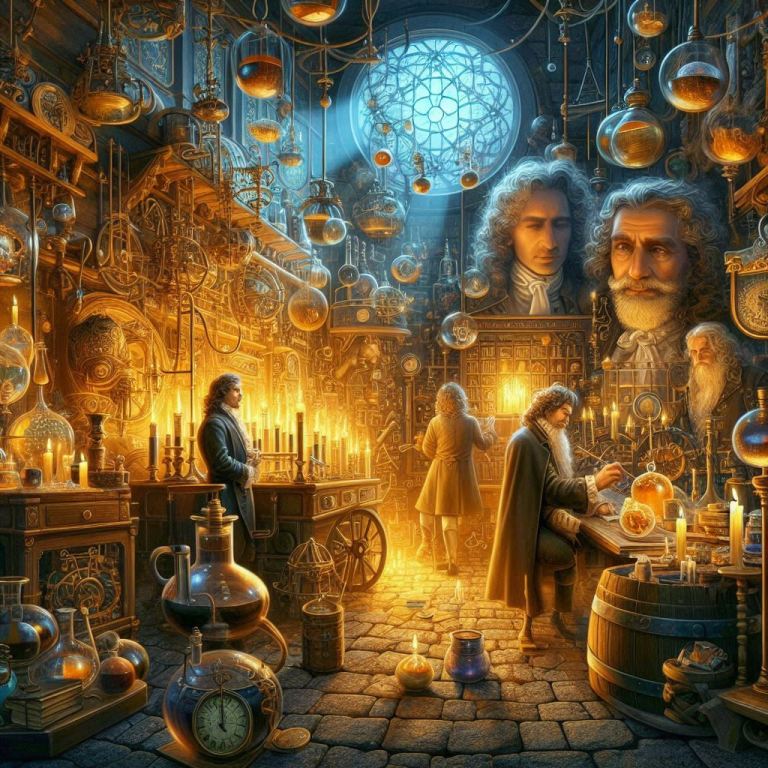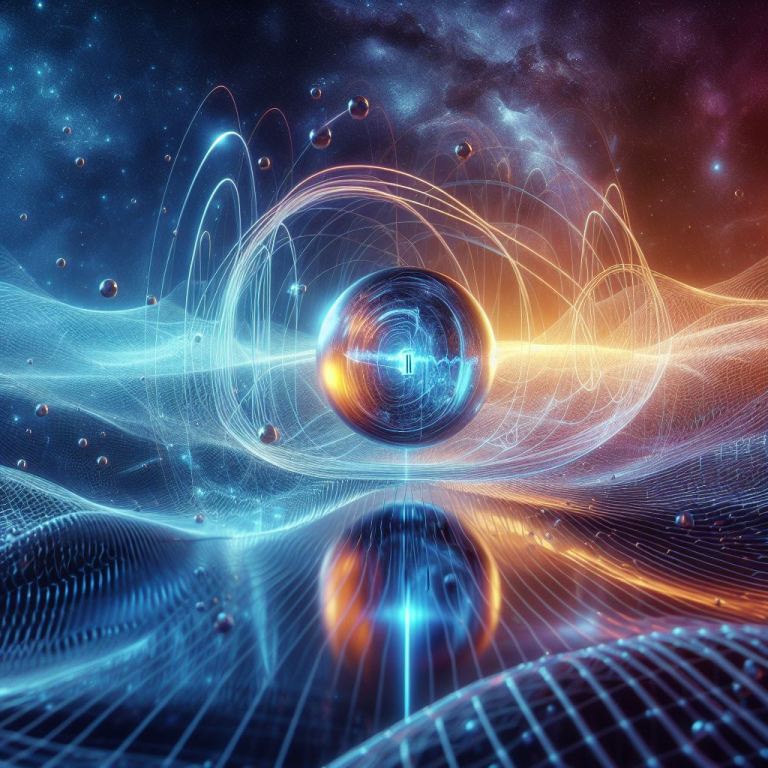The Aurora Borealis, also known as the Northern Lights, is a fascinating natural phenomenon that has captivated humans for centuries. These stunning displays of light in the sky are most commonly seen in high-latitude regions near the North Pole, such as Alaska, Canada, Scandinavia, and Russia.
But what exactly causes the Aurora Borealis to occur?
The answer lies in the Earth’s atmosphere and its interaction with particles from the sun. The sun constantly emits a stream of charged particles known as the solar wind. When this solar wind reaches the Earth, it interacts with our planet’s magnetic field.
The Earth’s magnetic field acts as a protective shield, deflecting most of the solar wind away from the planet. However, some of these charged particles are able to penetrate the magnetic field and enter the Earth’s upper atmosphere near the poles.
When these particles collide with atoms and molecules in the Earth’s atmosphere, they transfer their energy to these particles, causing them to become excited. As these excited particles return to their normal state, they release photons of light, creating the vibrant patterns and colours of the Aurora Borealis.
The colours of the Northern Lights are determined by the type of gas molecules that are being excited by the charged particles. Oxygen molecules typically produce green and red light, while nitrogen molecules produce blue and purple light.
The intensity and frequency of the Aurora Borealis can vary depending on the activity of the sun. During periods of high solar activity, such as solar flares or coronal mass ejections, the solar wind is stronger and more charged particles reach the Earth, resulting in more frequent and intense displays of the Northern Lights.
Overall, the Aurora Borealis is a stunning reminder of the interconnectedness of the Earth and the sun. It serves as a beautiful reminder of the complex and dynamic processes that occur in our atmosphere and beyond. So the next time you witness the Northern Lights dancing in the sky, take a moment to appreciate the scientific marvel that is unfolding before your eyes.











